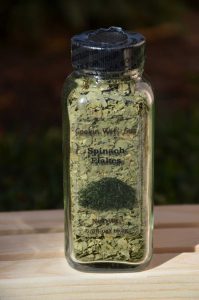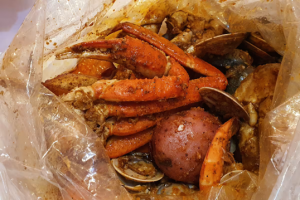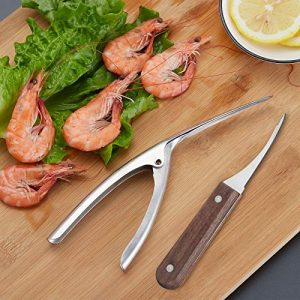Hot Sauces - Medium
Medium hot sauces for those looking to add just a little flavor to your foods.
The ranges for Hot Sauces – Medium range from 8000 to 50000 Scoville units. Stepping it up a notch, the medium wing sauce delivers a slightly spicier punch. Similar to the mild sauce, it incorporates Franks Original Hot Sauce, oil, sugar, cayenne pepper, garlic powder, Worcestershire sauce, and pepper.
Usage:
Medium is a classic go-to wing sauce that will become your go-to everything sauce at home but is not limited to wings. Classic Buffalo flavor with a blast of spice that lets you know it’s there without being overpowering. All in all, some will want to add Medium sauce to everything you eat.
Depending on the chili pepper varieties used and the type of production process, hot sauces are divided into different degrees of pungency and consistencies. There are rather thick sauces with a lot of chili peppers like the Sriracha sauce. The Sriracha sauce is named after the city of Si Racha in Thailand and consists mainly of pureed chillies, garlic, sugar and relatively little vinegar. It is one of the world’s most famous Asian sauces used worldwide in the kitchen. But there are also thinner sauces that contain more vinegar, such as the classic Louisiana hot sauce. The world famous fermented TABASCO® sauce from the USA is a typical representative of the Louisiana style. In the Caribbean, there are very fruity chili sauces, which are mostly made from fresh fruits and Capsicum chinense chilis.
Scoville Definition:
Scoville scale is a measure of the “hotness” of a chili pepper. These fruits of the Capsicum genus contain capsaicin, a chemical compound which stimulates thermoreceptor nerve endings in the skin, especially the mucus membranes, and the number of Scoville Heat Units (SHU) indicates the amount of capsaicin present. Many hot sauces use their Scoville rating in advertising as a selling point. The scale is named after its creator, chemist Wilbur Scoville.
Scoville’s original method for testing hotness was called the Scoville Organoleptic Test, which he developed in 1912. As originally devised, a solution of the pepper extract is diluted in sugar water until the “heat” is no longer detectable to a panel of (usually five) tasters; the degree of dilution gives its measure on the Scoville scale. Thus a sweet pepper, containing no capsaicin at all, has a Scoville rating of zero, meaning no heat detectable even undiluted. Conversely, the hottest chiles, such as habaneros, have a rating of 300,000 or more, indicating that their extract has to be diluted 300,000-fold before the capsaicin present is undetectable. The greatest weakness of the Scoville Organoleptic Test is its imprecision, because it relies on human subjectivity. Being a natural product, the heat can vary from pepper to pepper, so this scale is just a guide.
Capsicum chinense peppers have a very aromatic flavor with a very high to extremely high pungency. They are therefore also suitable for the production of extremely hot chili sauces and extracts. So it is not surprising that the Scoville scale is led by search Blair’s 16 million reserve. The 16 million in the name stands for 16 million Scoville Heat Units. It is not a sauce, but Pure Capsaicin crystals.
Enjoy !!!!
“Life’s Good When You’re Cookin Wit’ Gus !!!!”
Showing all 10 results
-
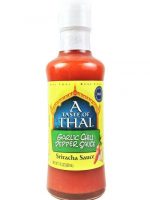
A Taste of Thai Garlic Chili Pepper Sauce
$4.95 Add to cart -
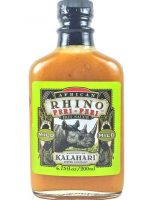
African Rhino Peri-Peri Mild Pepper Sauce
$4.95 Add to cart -
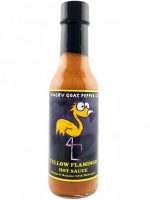
Angry Goat Pepper Co. Yellow Flamingo Hot Sauce
$4.95 Add to cart -

Bone Lees Original Gourmet Hot Sauce
$4.95 Add to cart -
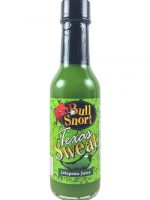
Bull Snort Texas Sweat Hot Sauce
$4.95 Add to cart -

Cafe Tequila Cayenne Red Hot Sauce
$7.95 Add to cart -

Cafe Tequila Citrus Habanero Hot Sauce
$7.95 Add to cart -
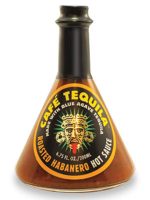
Cafe Tequila Roasted Habanero Hot Sauce
$7.95 Add to cart -
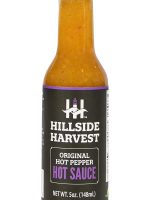
Hillside Harvest Hot Pepper Sauce
$6.95 Add to cart -
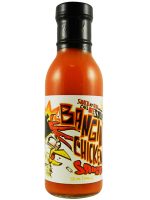
Smack My Ass and Call Me Sally
$4.95 Add to cart


